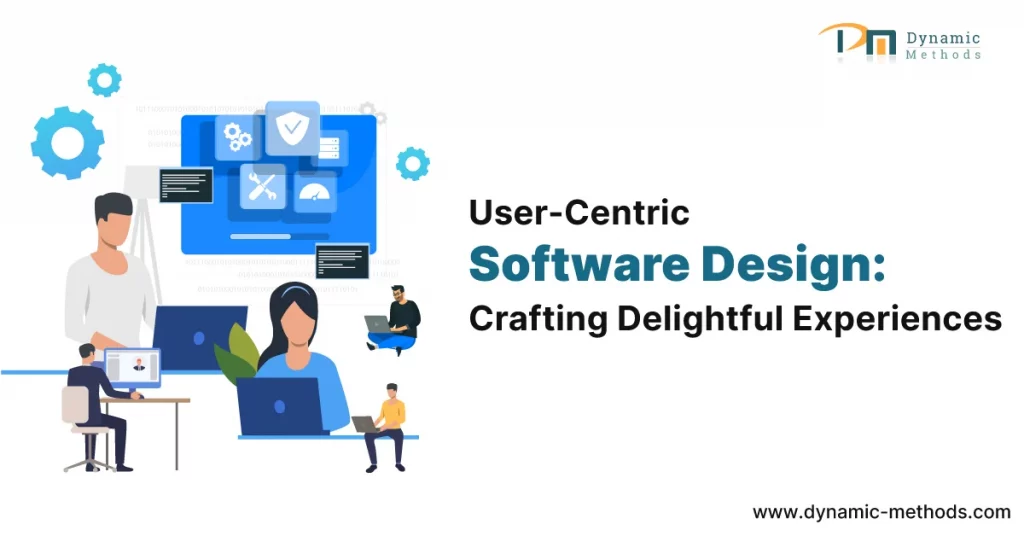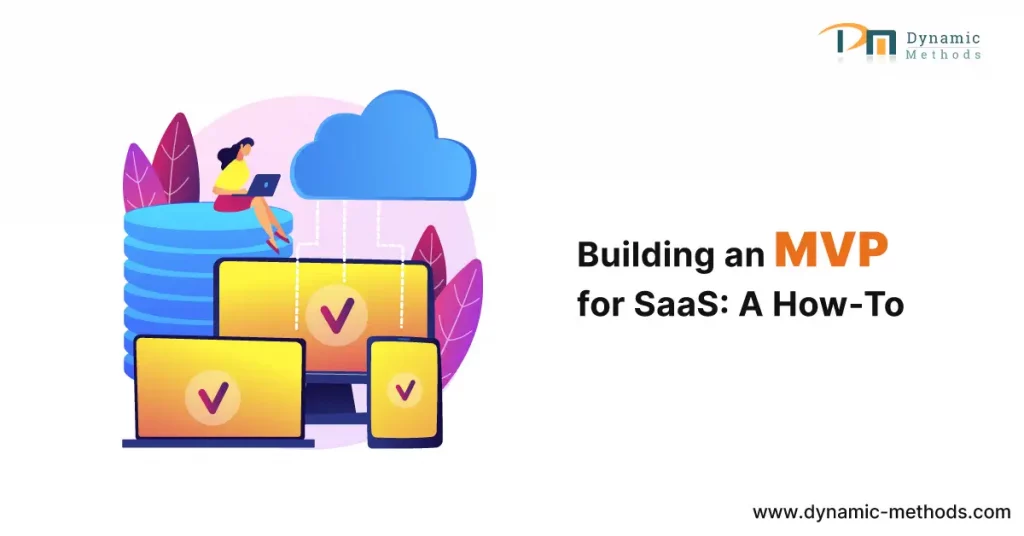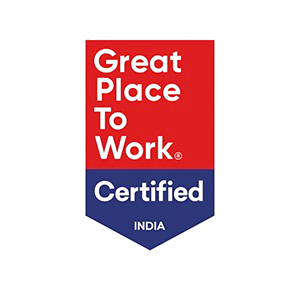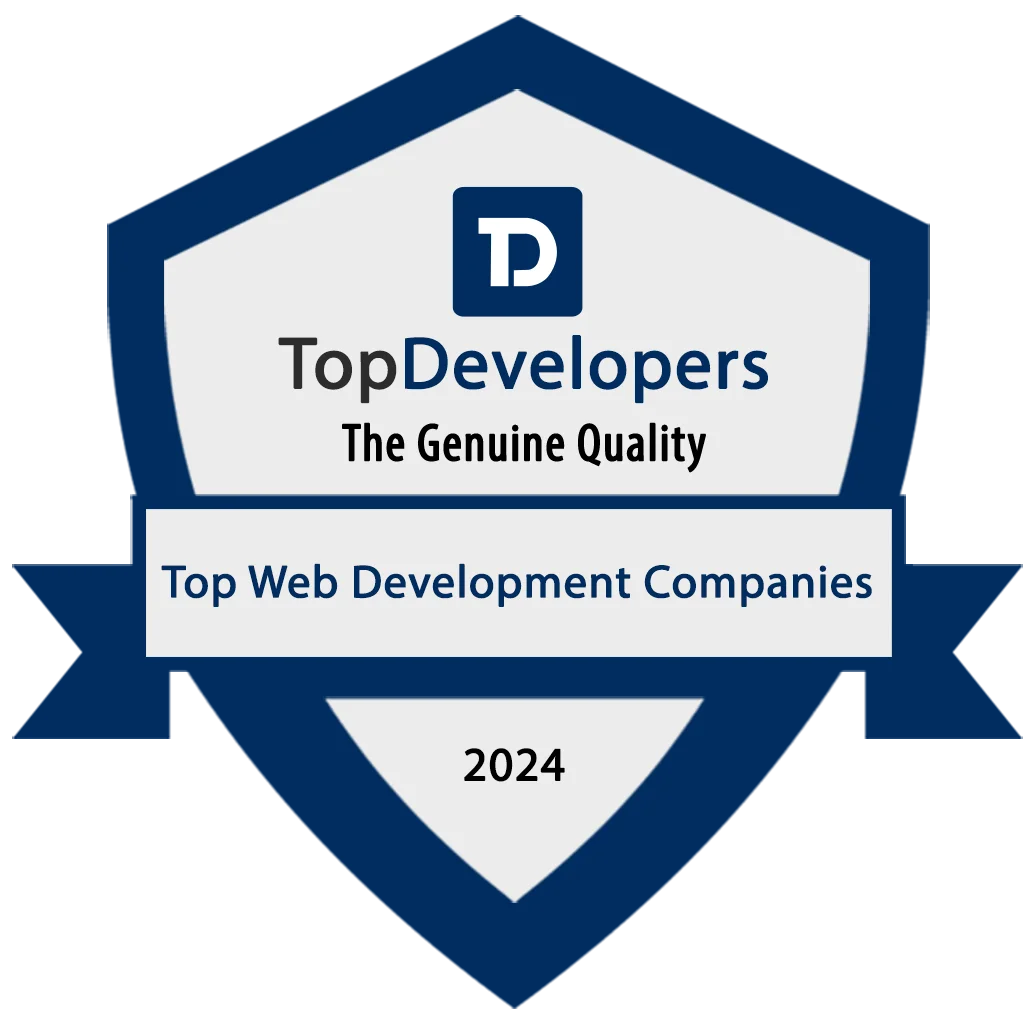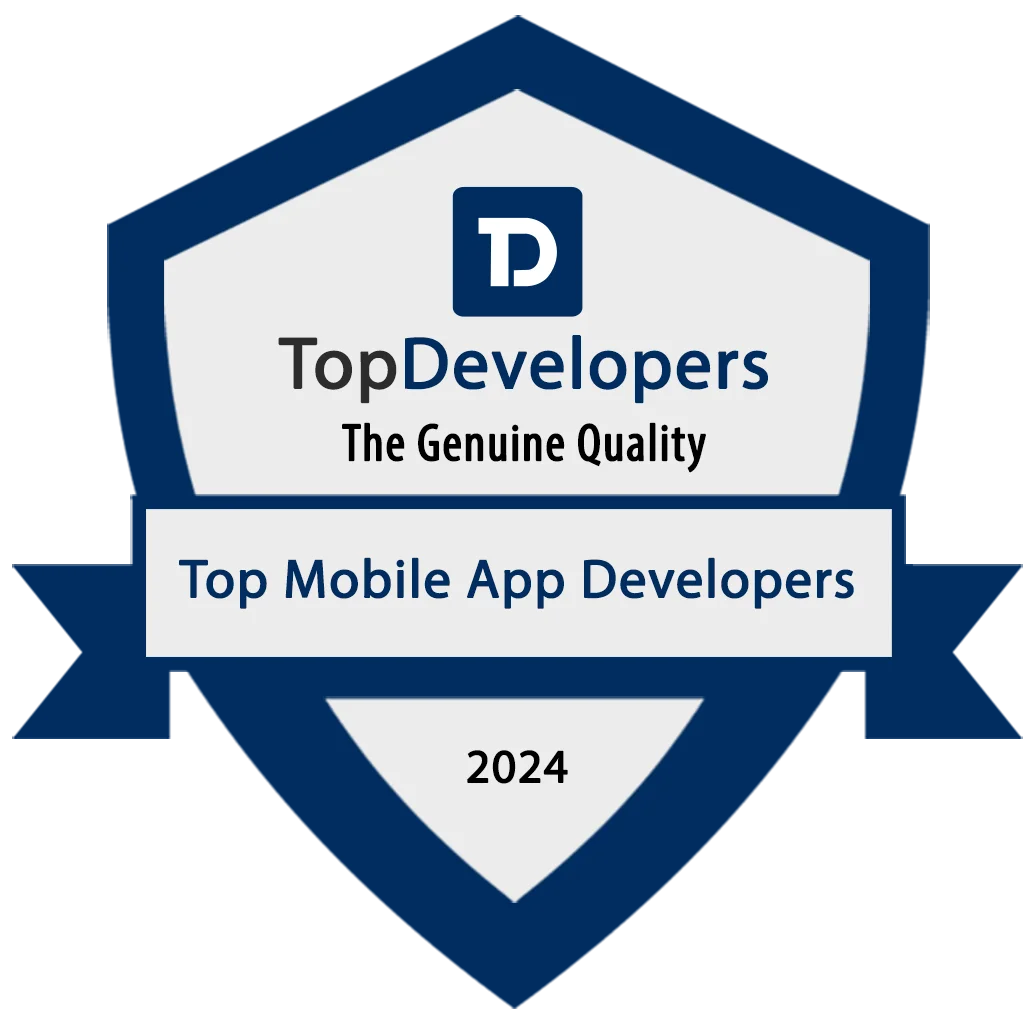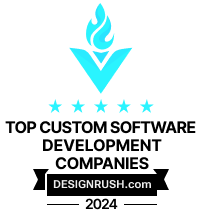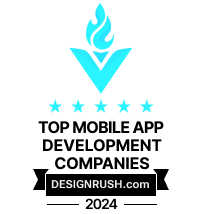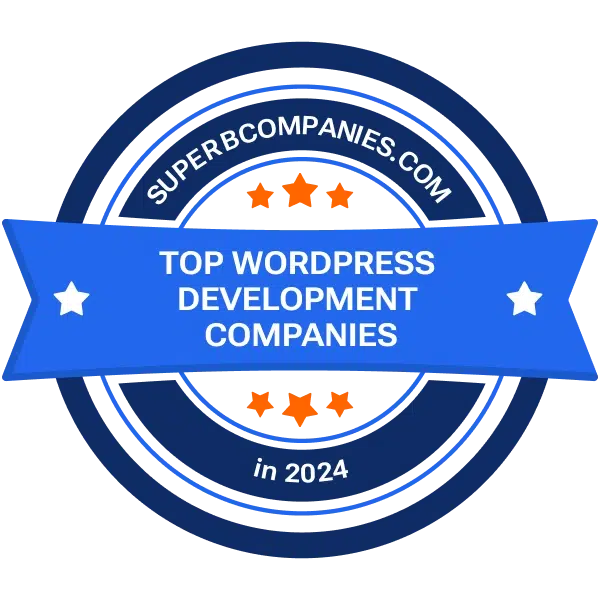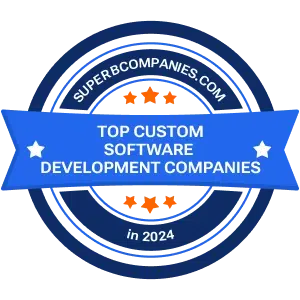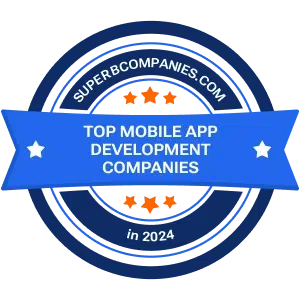A Beginners Guide to the 7 Stages of New Product Development Process
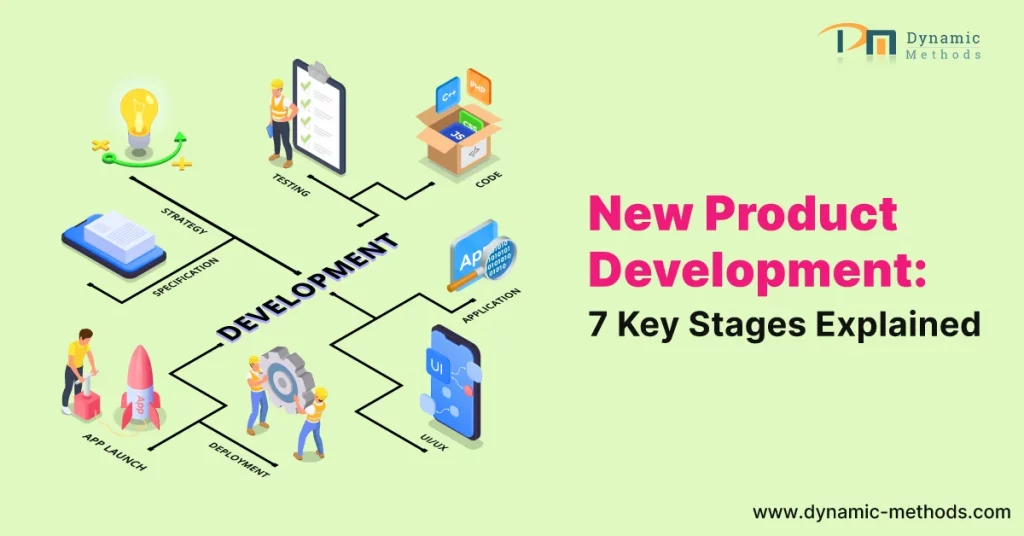
In this beginner’s guide, we’ll walk you through each stage of the product development journey, from concept to market launch, answering common questions along the way. So, let’s dive in!
Stage 1. Idea Generation
Where It All Begins
Every great product starts with an idea, and this is where the magic begins. Coming up with fresh ideas is the initial stage in the process of creating a new product. But how do you come up with that groundbreaking concept?
Transition Word: First and foremost,
The process often begins with brainstorming sessions, market research, and identifying consumer needs. Consider questions such as, ‘What issues could my product address? or “What can I create that would make people’s lives easier or more enjoyable?” Don’t be afraid to think outside the box or build on existing ideas.
Stage 2. Idea Screening
Separating the Wheat from the Chaff
Not every idea that comes to mind is a winner, and that’s where idea screening comes into play. This stage involves evaluating and filtering your ideas to determine which ones have the most potential.
Transition Word: Next,
During this stage, you’ll analyze factors such as market demand, feasibility, and alignment with your business goals. Consider the financial aspects and whether the idea aligns with your company’s capabilities and resources.
Stage 3. Concept Development and Testing
Bringing Your Idea to Life
Once you’ve identified a promising idea, it’s time to develop a detailed concept. This stage involves creating a clear and comprehensive description of your product, including its features, benefits, and how it addresses the identified market need.
Transition Word: Subsequently,
Concept testing follows, where you present your idea to a target audience and gather feedback. This feedback is invaluable for refining your concept and ensuring it resonates with potential users.
Stage 4. Business Analysis
Crunching the Numbers
Before proceeding further, it’s essential to conduct a thorough business analysis to ensure your product is economically viable. This stage involves assessing the potential profitability of your product concept.
Transition Word: Moving on,
React Native offers built-in gesture recognizers that allow you to add touch-based interactions to your app. Whether it’s pinch-to-zoom, swipe gestures, or drag-and-drop functionalities, leveraging gesture recognizers significantly enhances the user interface and overall user experience.You’ll need to estimate costs, pricing strategies, and revenue projections. Consider factors like production costs, marketing expenses, and expected sales volumes.
Stage 5. Product Development
Building the Prototype
Now that you’ve got a solid concept and a profitable business plan, it’s time to turn your idea into a physical product. Product development involves creating a prototype or working model of your product.
Transition Word: Moving forward,
This stage often requires collaboration between designers, engineers, and other experts who can bring your concept to life. The goal is to create a prototype that closely resembles the final product.
Stage 6. Test Marketing
Putting Your Product to the Test
Before a full-scale launch, it’s crucial to test the market and gather real-world feedback. Test marketing involves introducing your product to a limited audience or market segment.
Transition Word: Consequently,
This step helps you identify any potential issues, gather insights into consumer preferences, and make necessary adjustments. It’s like a trial run to ensure your product is ready for the big stage.
Stage 7. Commercialization
Bringing Your Product to Market
Congratulations, you’ve made it to the final stage! Commercialization involves the full-scale launch of your product into the market. This is where you’ll put your marketing, distribution, and sales plans into action.
Transition Word: Finally,
Your product is now available to the public, and you’ll monitor its performance closely. Be prepared to adapt and refine your strategy based on real-world customer interactions and market feedback.
Conclusion
Embarking on the journey of developing a new product can be both exciting and challenging. By following these 7 stages of the new product development process, you’ll have a structured roadmap to guide you from idea generation to successful market launch.
Remember that each stage is an opportunity to learn, adapt, and improve your product concept. Don’t be discouraged by setbacks or negative feedback; they are all part of the process of bringing a great idea to life.
If you want software product development? Then, dynamic methods are trusted software development company that have support and are helpful for you. Get in touch with us.
Remember that each stage is an opportunity to learn, adapt, and improve your product concept. Don’t be discouraged by setbacks or negative feedback; they are all part of the process of bringing a great idea to life.
If you want software product development? Then, dynamic methods are trusted software development company that have support and are helpful for you. Get in touch with us.
FAQs
1. How can I ensure my idea is unique and innovative?
Your idea should address a genuine need or provide a better solution than existing products. Conduct thorough research to understand your competition and potential gaps in the market.
2. What if my idea doesn't pass the screening process?
Don’t get discouraged! Many successful products emerge after several rounds of idea screening. It’s a way to refine your concept and ensure you’re focusing on the most promising opportunities.
3, How do I conduct concept testing?
Concept testing can take various forms, from surveys and focus groups to prototype testing. The key is to engage with your target audience and gather their insights and opinions.
4. What if the business analysis reveals low profit potential?
If the analysis indicates low profitability, you may need to revisit your concept, pricing, or cost structure. Alternatively, you can explore ways to reduce costs or increase the perceived value of your product.
5. How long does the product development stage typically take?
The timeline can vary significantly depending on the complexity of your product and the resources available. It may take several months to several years to develop a fully functional prototype.
6. What if the test market response is unfavorable?
If you receive negative feedback or encounter unexpected challenges during test marketing, don’t panic. It’s an opportunity to refine your product, marketing strategy, or target audience based on the insights gained.
7. What's the key to successful product commercialization?
Effective marketing and distribution are crucial at this stage. Ensure your target audience is aware of your product’s existence, and make it easily accessible through various channels.
A Beginners Guide to the 7 Stages of New Product Development Process Read More »
